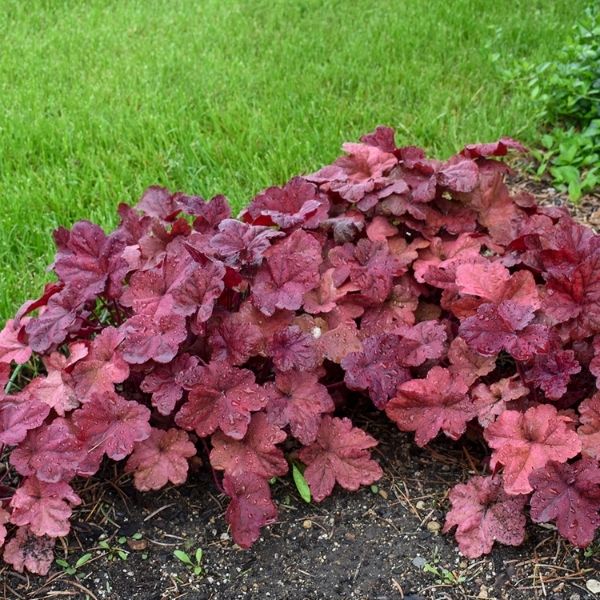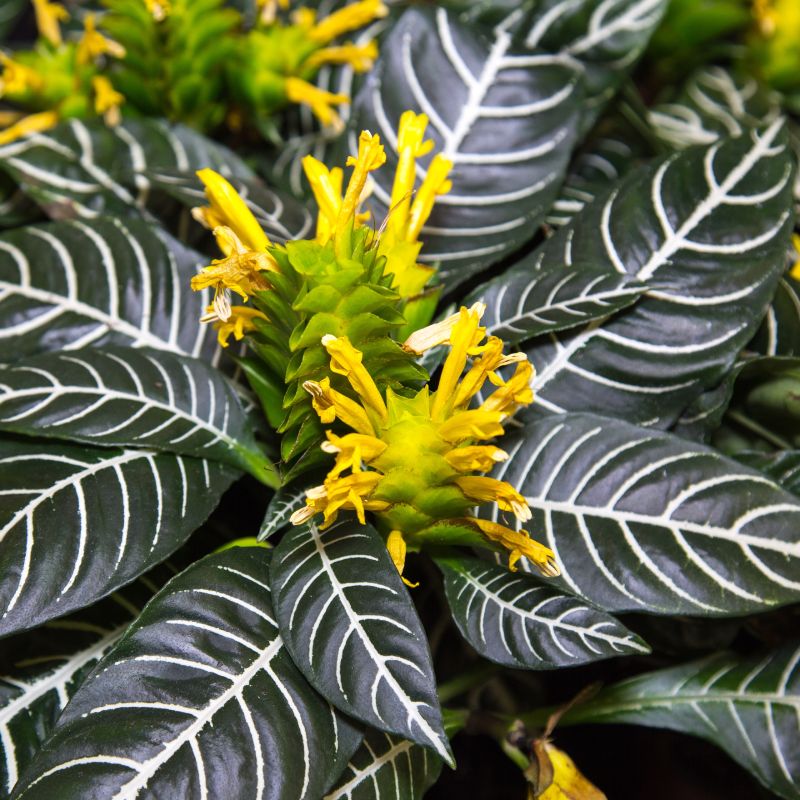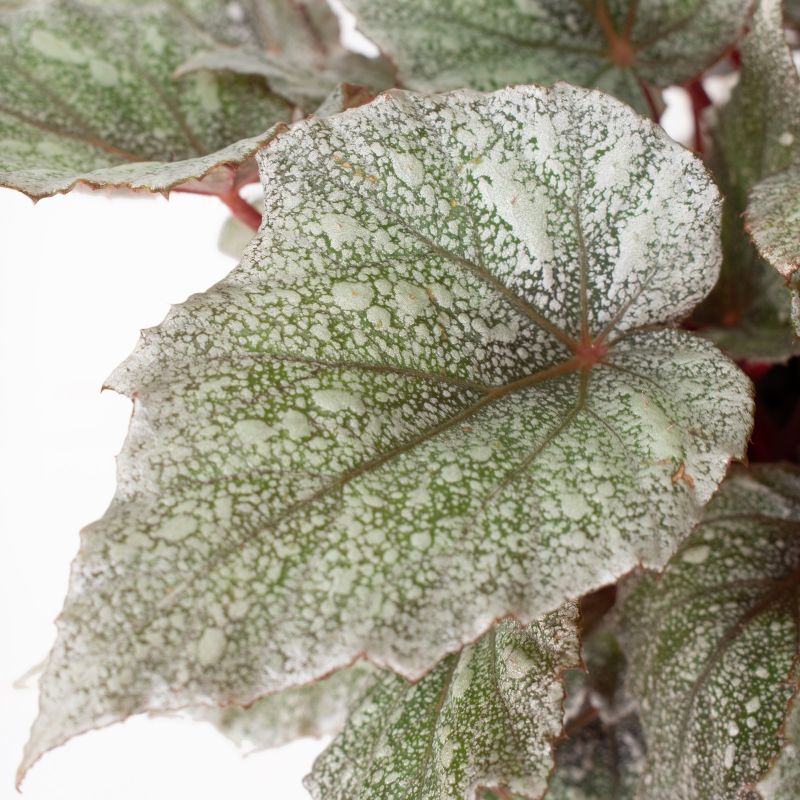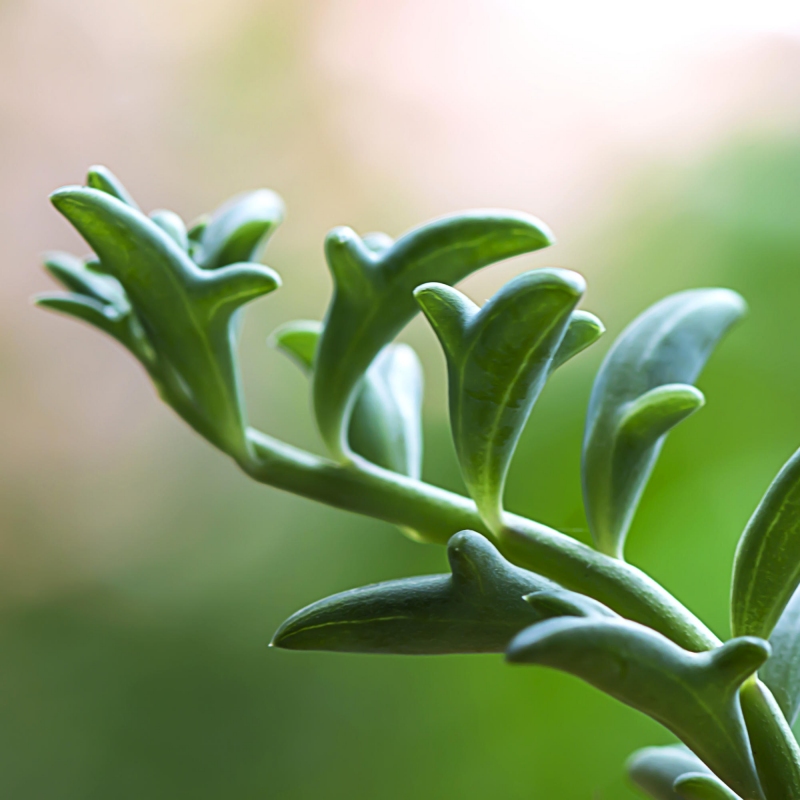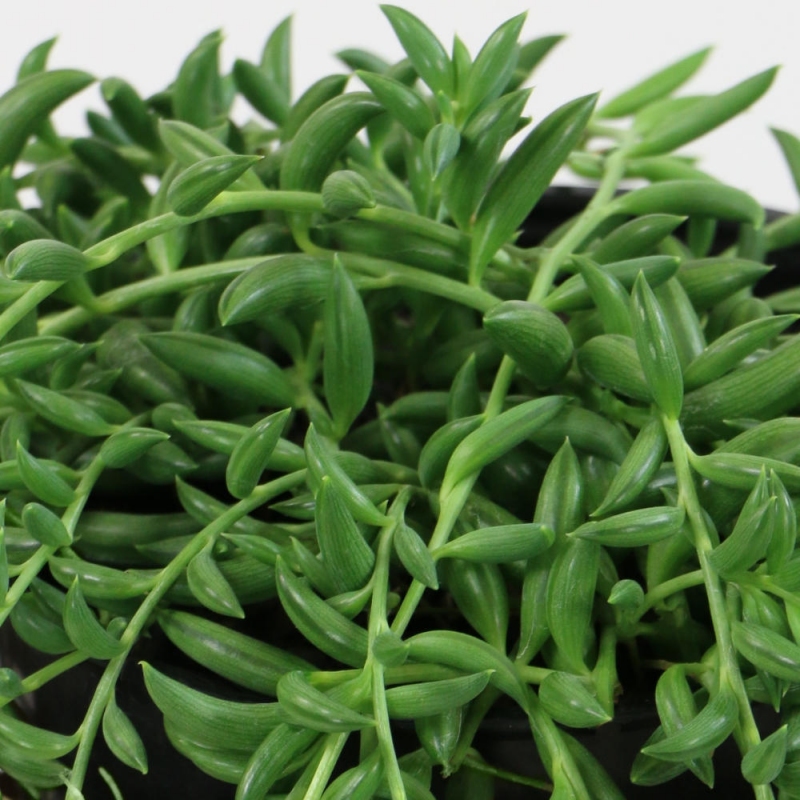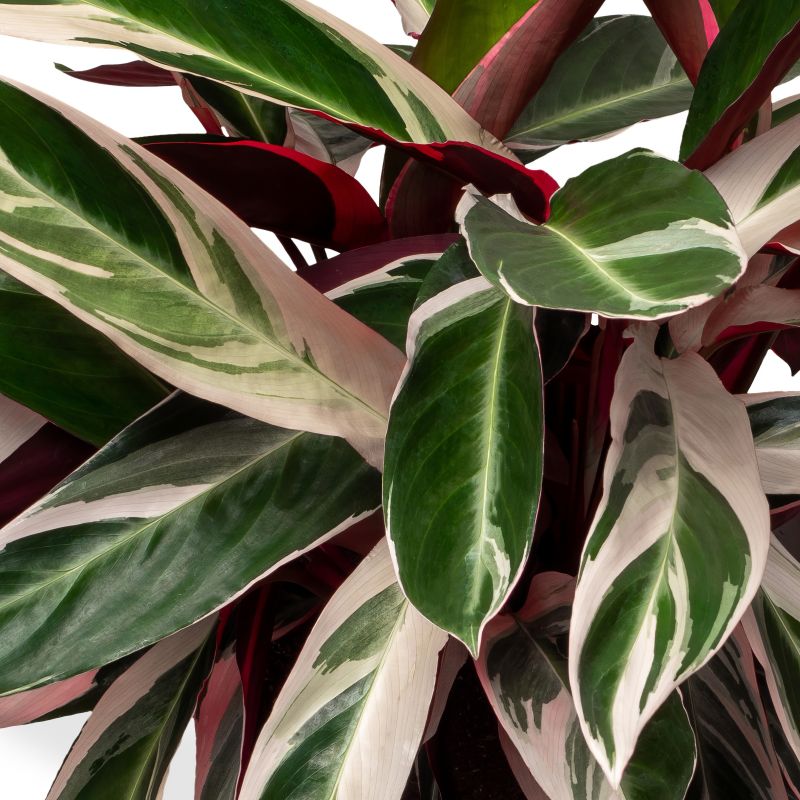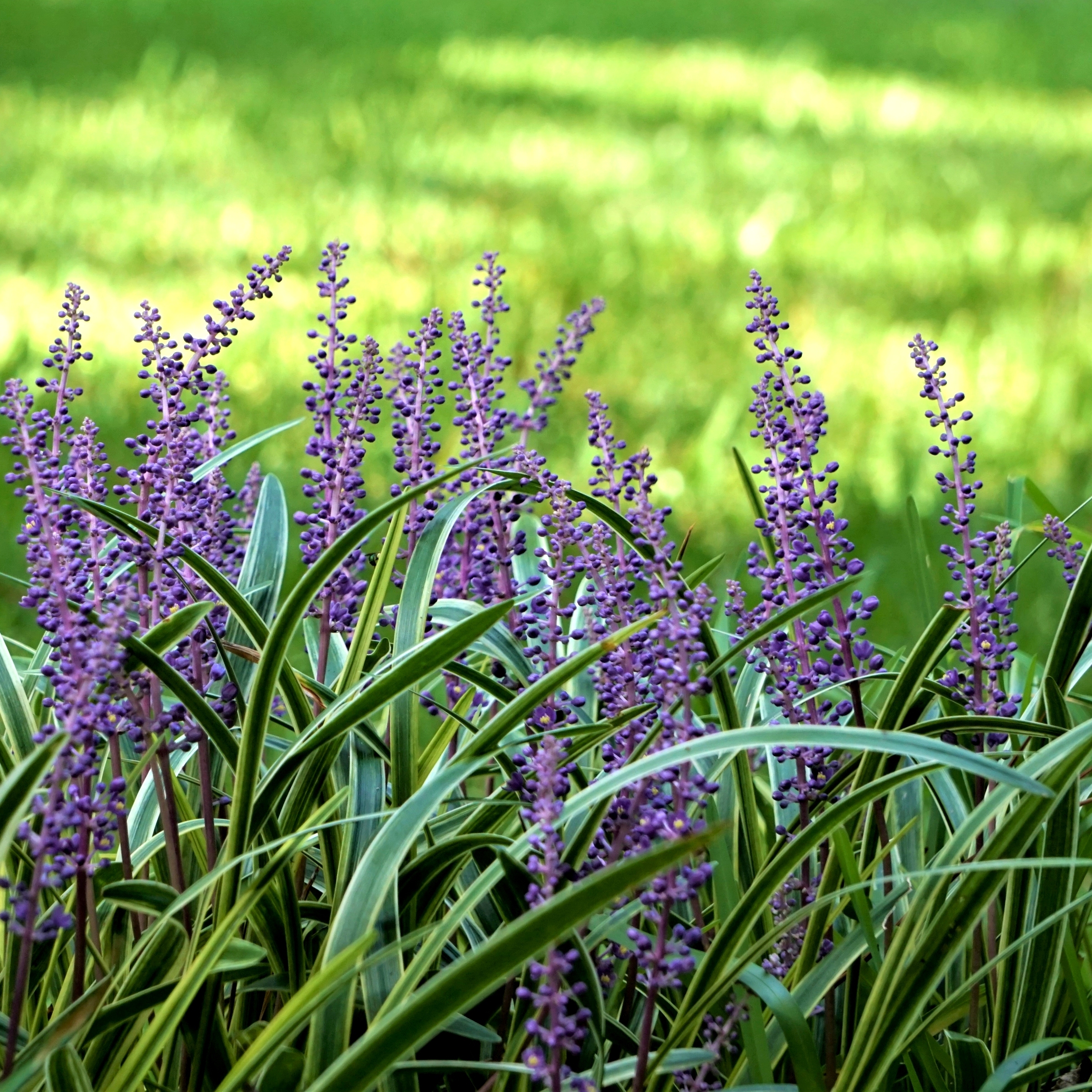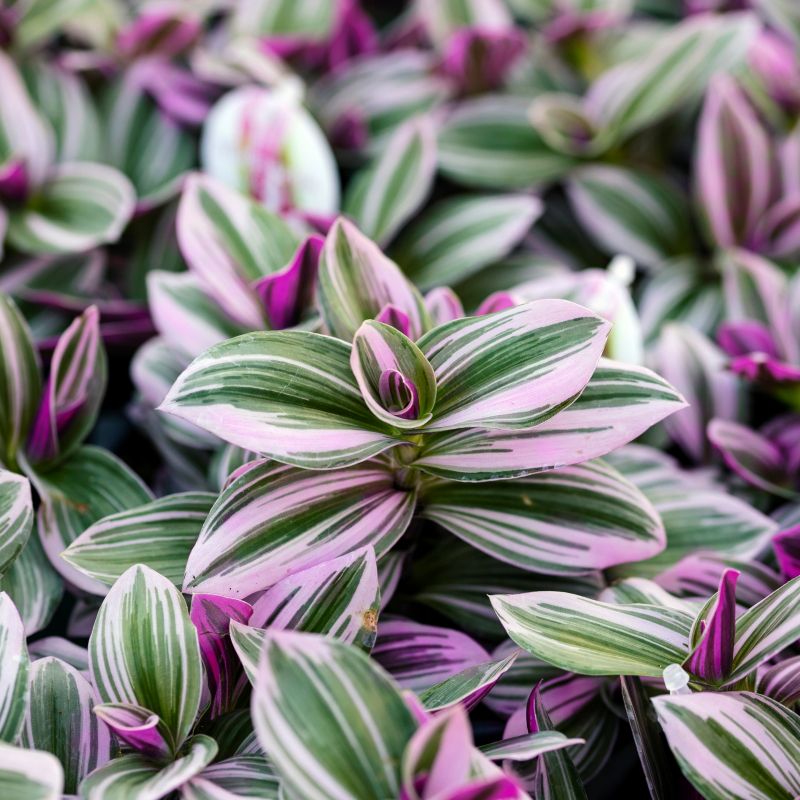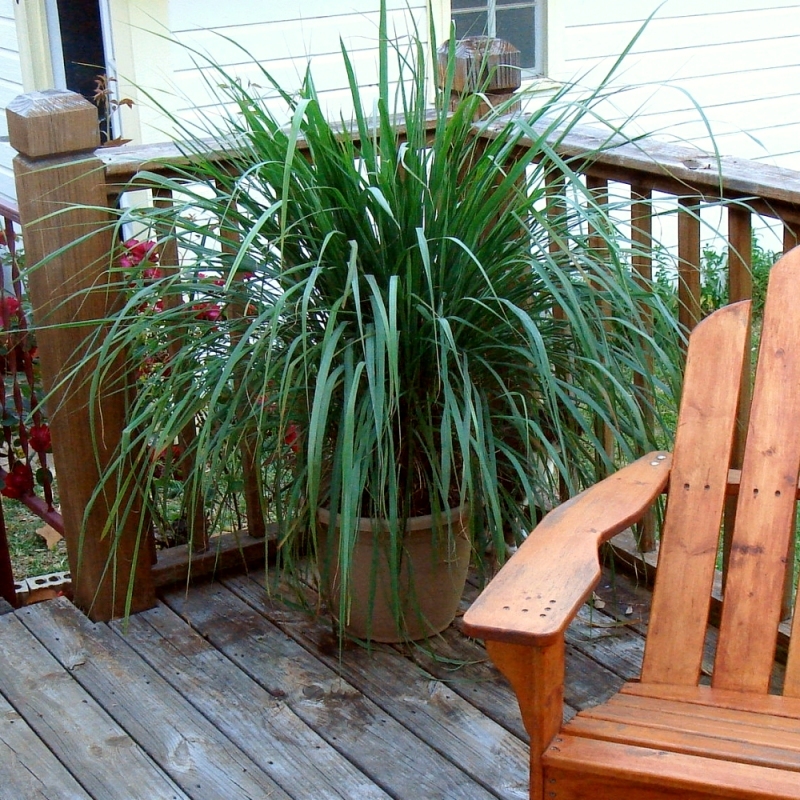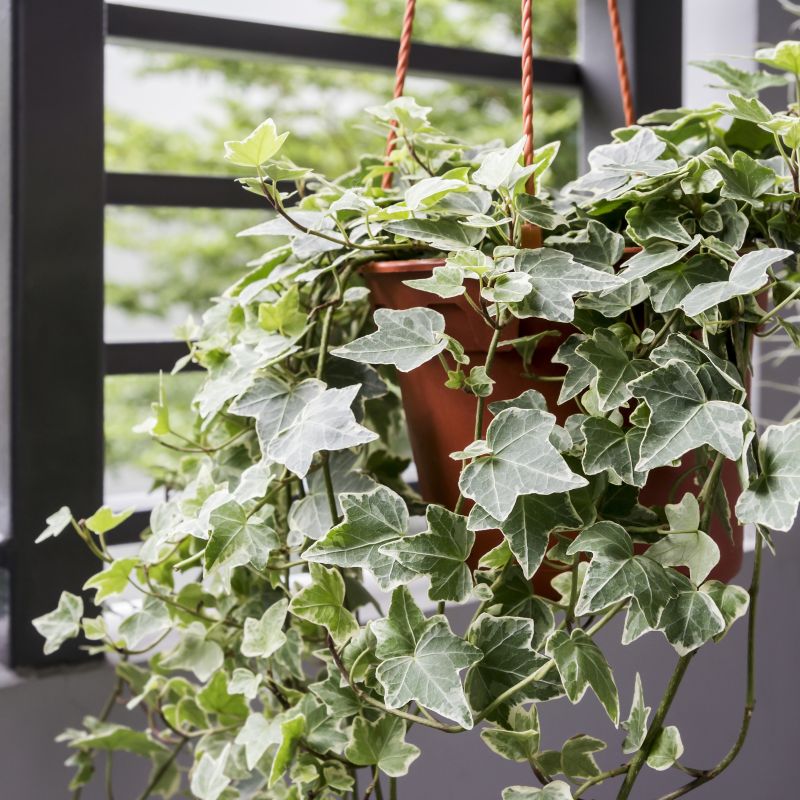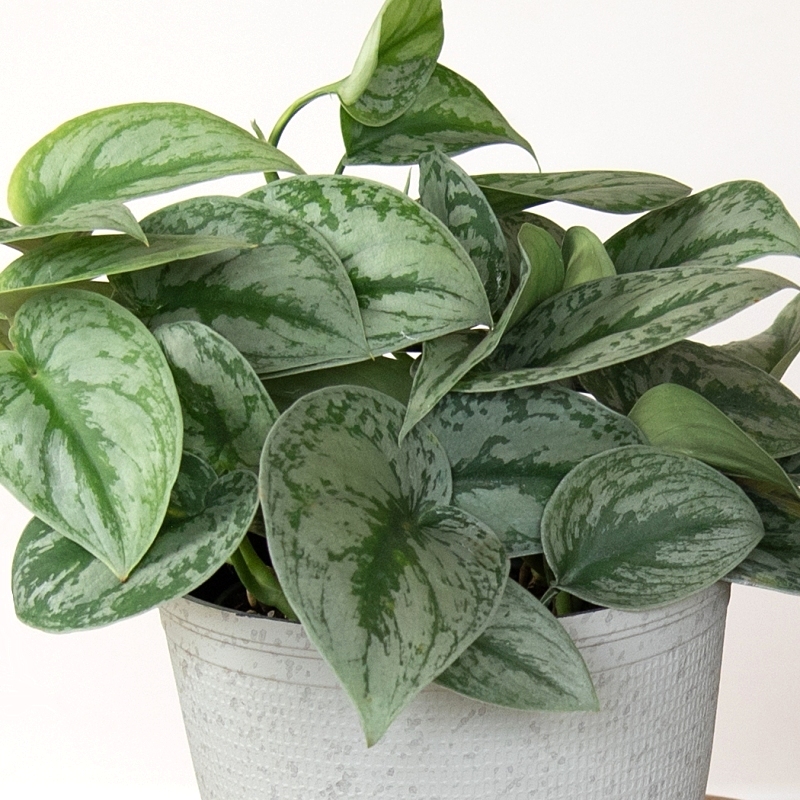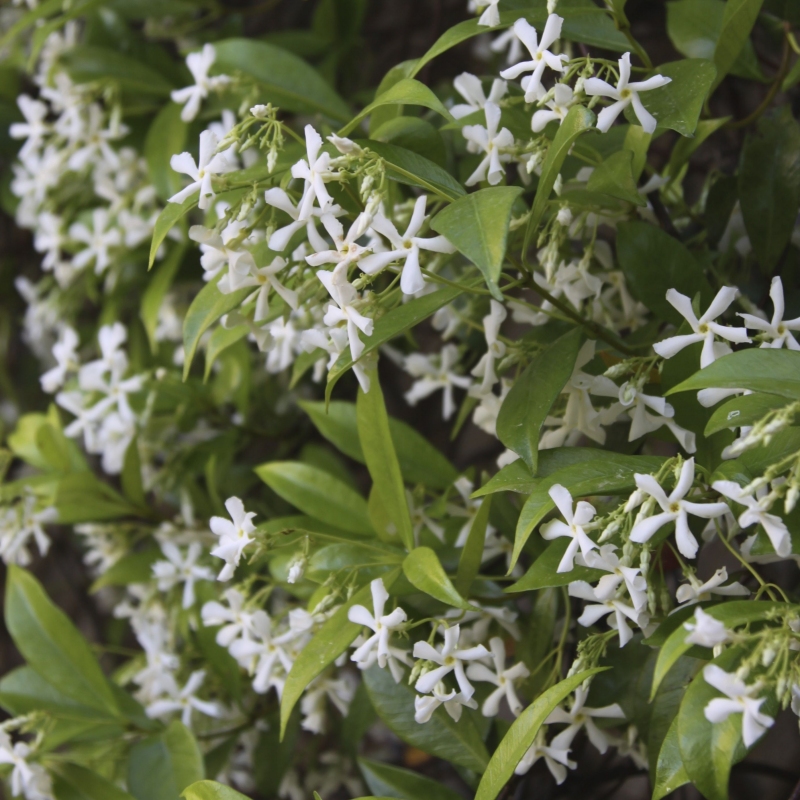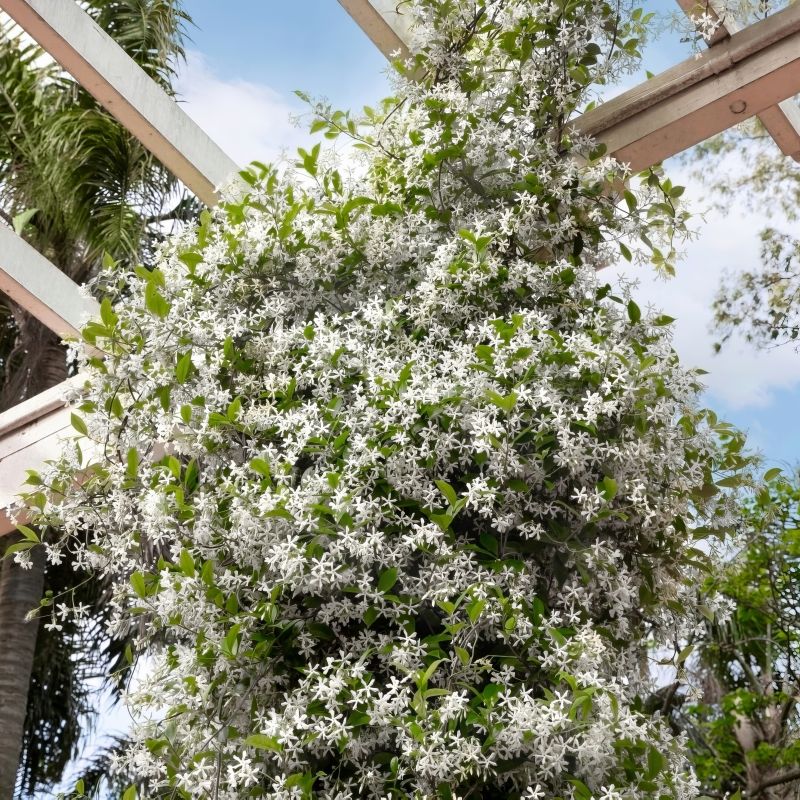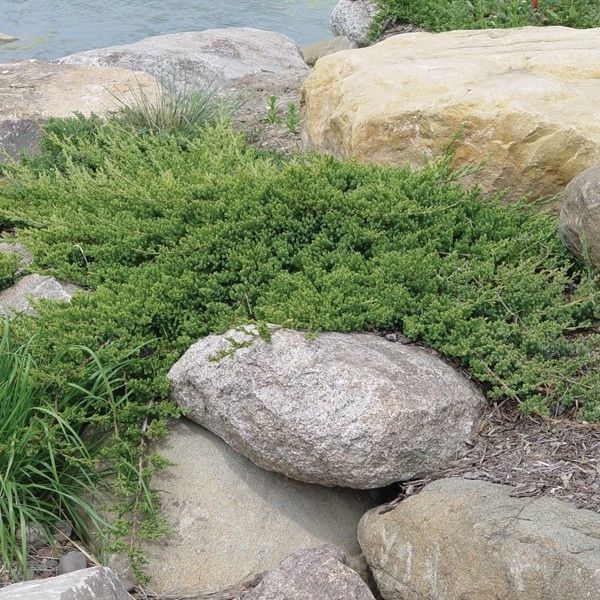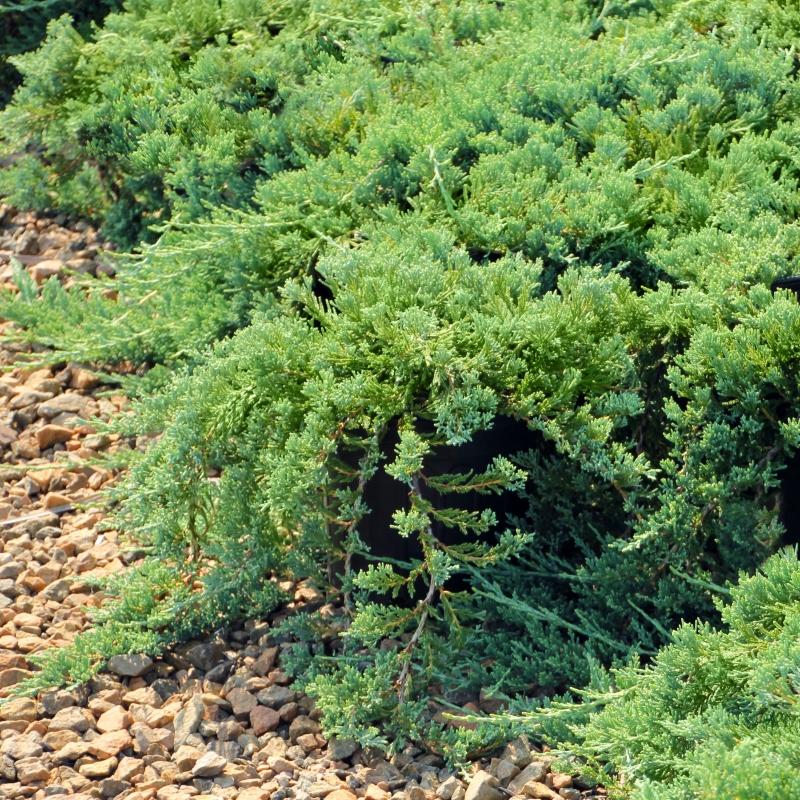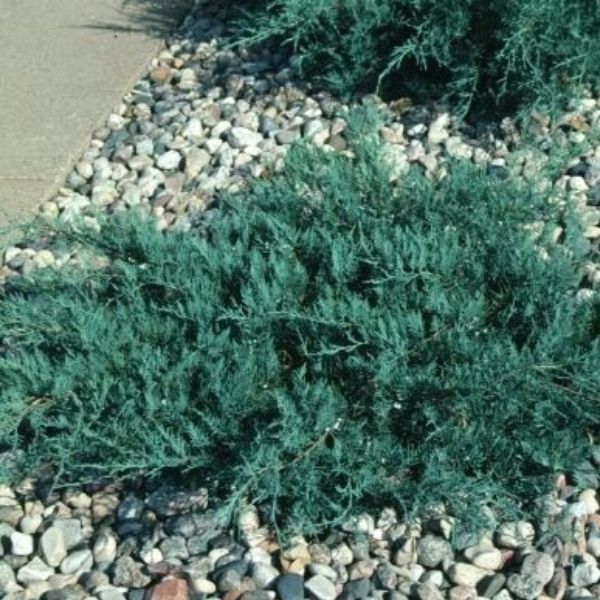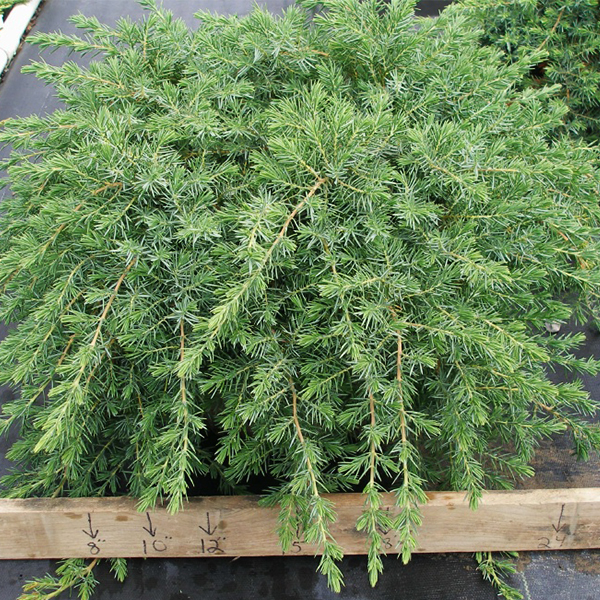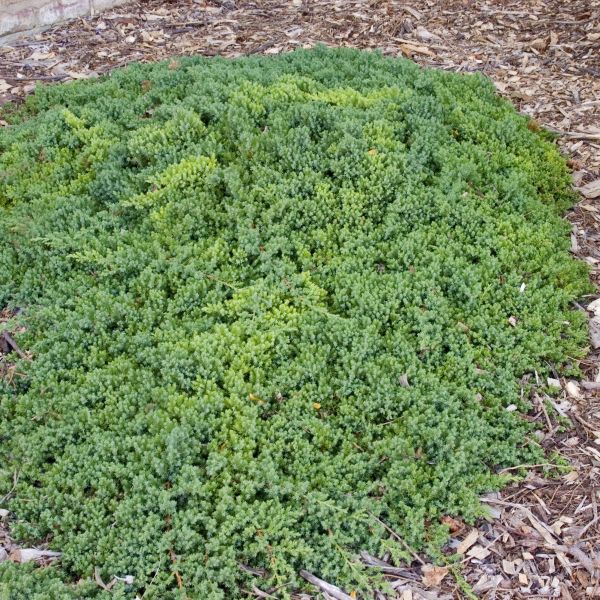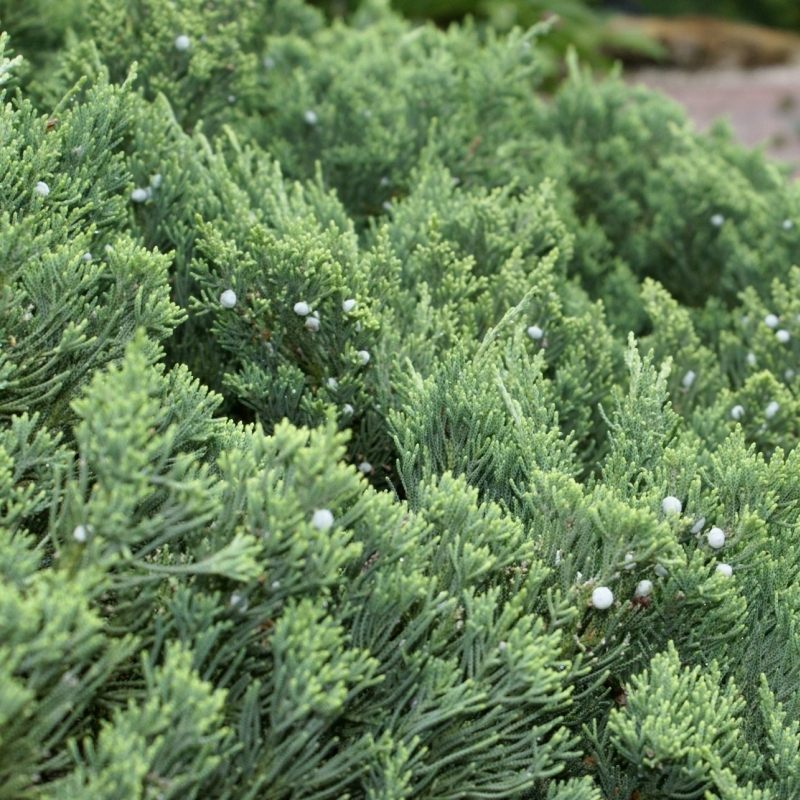

Lava Lamp Coral Bells
Heuchera x 'Lava Lamp'
17 reviews


Lava Lamp Coral Bells
Heuchera x 'Lava Lamp'
17 reviews
$54.00
$78.00
30% Off
1 Gallon
We are sorry, product is currently out of stock due to seasonal availability. Please check the "Related plants available in your area" section below
Why Lava Lamp Coral Bells?
Lava Lamp Coral Bells (Heuchera x 'Lava Lamp') is a beautiful perennial that adds a splash of vibrant color to any garden or landscape. Its unique foliage features large, ruffled leaves in shades of red and orange, reminiscent of molten lava. As a low-maintenance plant, it is perfect for gardeners who want a stunning display without the hassle of constant maintenance. Plus, its long-blooming flowers attract butterflies and hummingbirds, making it a great addition to any pollinator-friendly garden.
Related plants available in your area
Sunlight
Lava Lamp Coral Bells prefer partial to full shade and require filtered sunlight.
Watering
Lava Lamp Coral Bells require regular watering to keep the soil consistently moist. They prefer well-draining soil and watering should be done when the top inch of soil feels dry.
Fertilizing
Lava Lamp Coral Bells require a balanced fertilizer with equal amounts of nitrogen, phosphorus, and potassium.
Introducing the mesmerizing Lava Lamp Coral Bells! This intriguing perennial is sure to add a burst of color and texture to your garden with its unique foliage and vibrant presence.
Ideal for growing in partial shade to full sun, the Lava Lamp Coral Bells is adaptable to various growing conditions, making it a versatile choice for any gardener. Low-maintenance and easy to care for, this plant thrives in well-drained soil and boasts a USDA hardiness zone of 4-9, ensuring its success in a range of climates.
The Lava Lamp Coral Bells boast striking foliage that resembles a lava lamp, with fascinating ruffled leaves in shades of bronze, burgundy, and chartreuse. The ever-changing colors and textures create a captivating visual display throughout the seasons, whether planted in borders, containers, or rock gardens.
Fun Fact: In addition to its stunning foliage, the Lava Lamp Coral Bells also attracts hummingbirds with its petite bell-shaped flowers. Watch as these delightful creatures visit your garden, bringing even more life and color to your outdoor space.
This versatile perennial is not only visually stunning but also offers a range of landscape design possibilities. Use the Lava Lamp Coral Bells as a focal point, an accent plant, or in mass plantings to create eye-catching and dynamic landscapes.
With its show-stopping foliage, adaptability, and potential to attract hummingbirds, the Lava Lamp Coral Bells is a must-have addition to any garden. Experience the excitement and add a touch of magic to your outdoor space with this extraordinary plant.
Plant Information:
| Botanical Name: | Heuchera x 'Lava Lamp' |
| USDA Zones: | 4-9 |
| Water: | Moderate |
| Exposure: | Full Sun |
| Soil Needs: | Well Drained |
| Mature Height: | 16 inches |
| Mature Spread: | 24 - 28 inches |

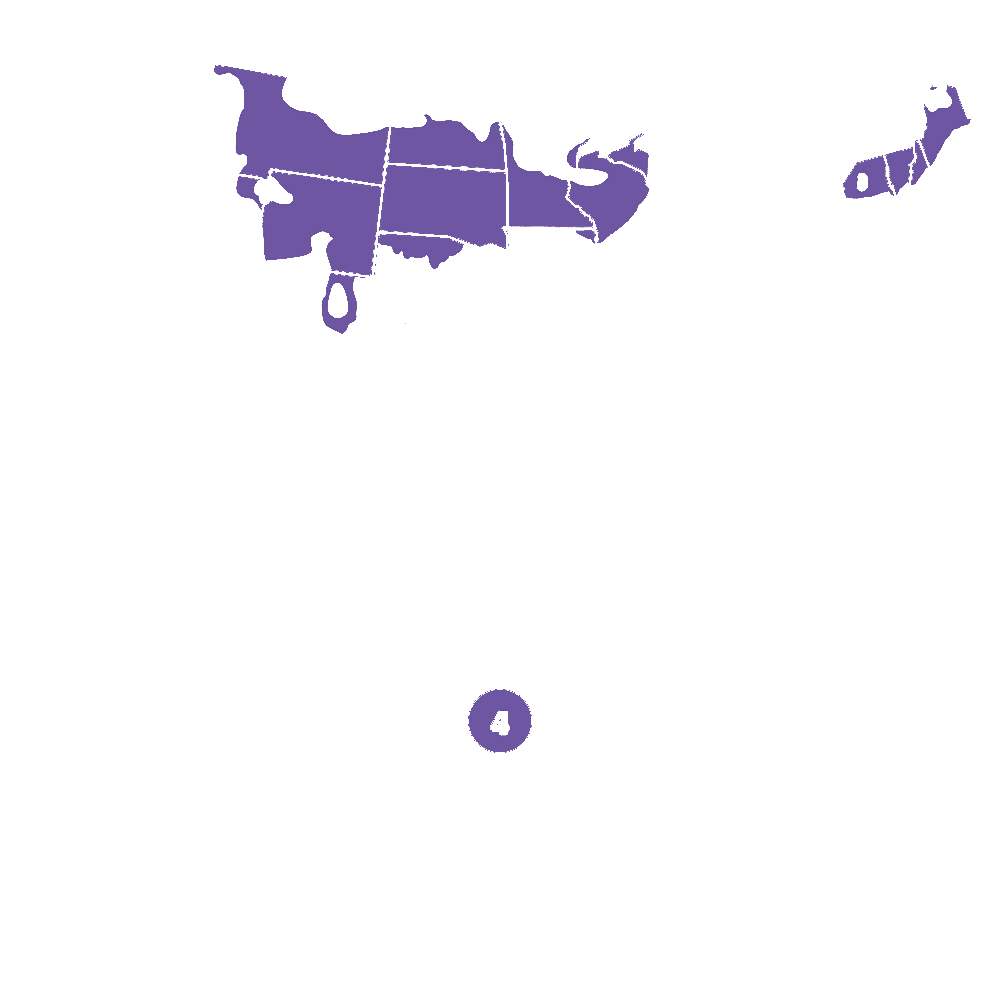
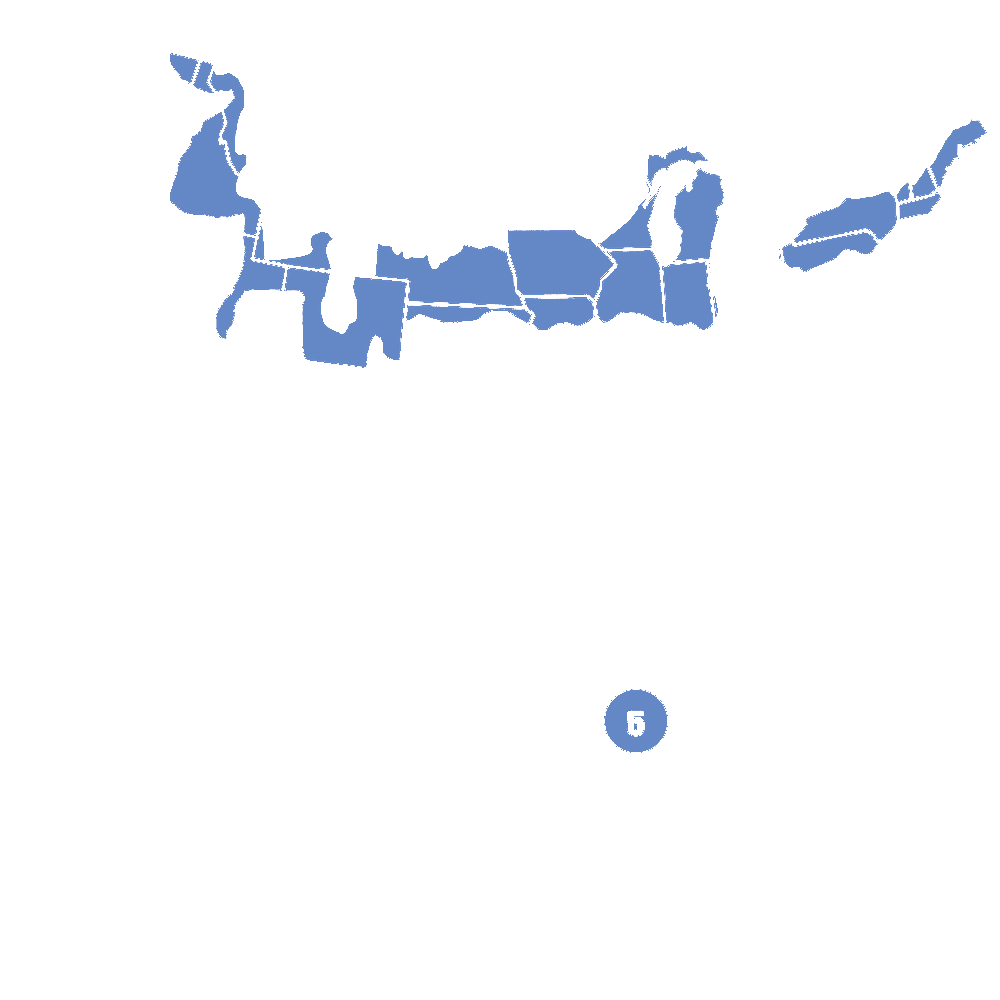
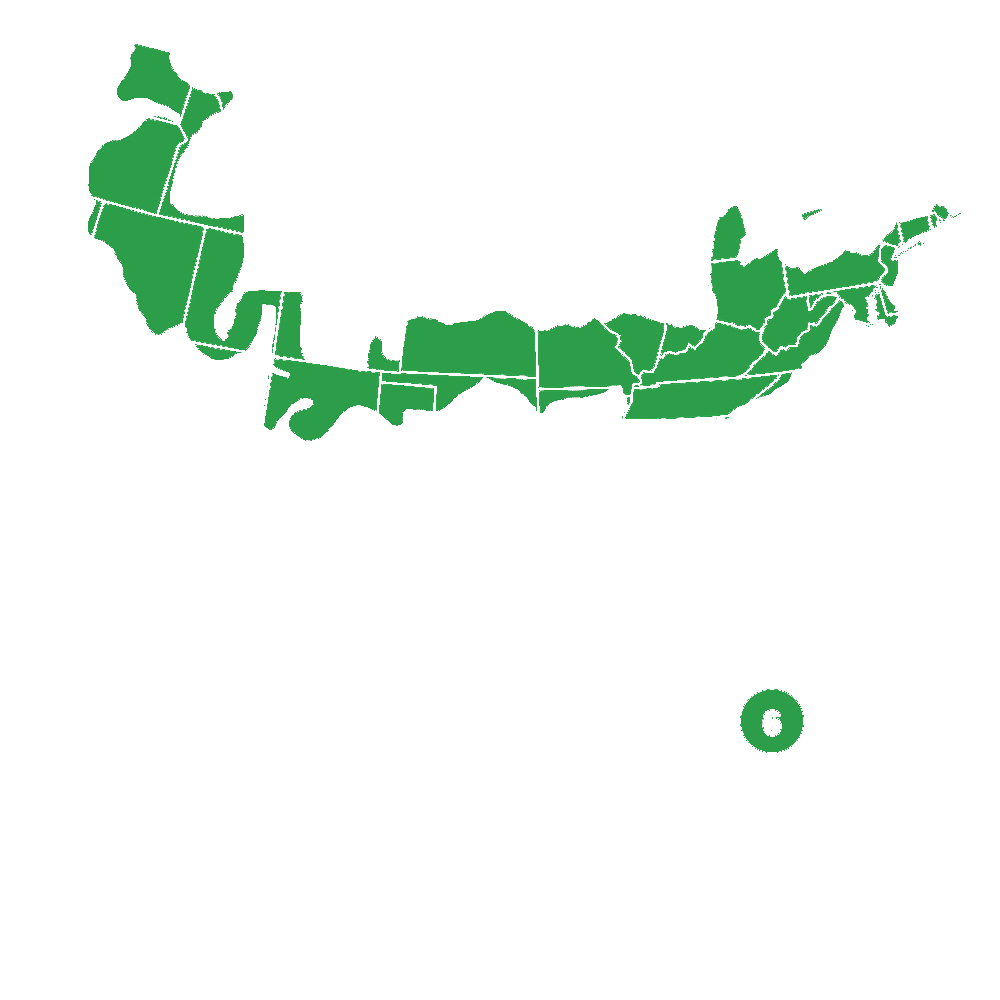
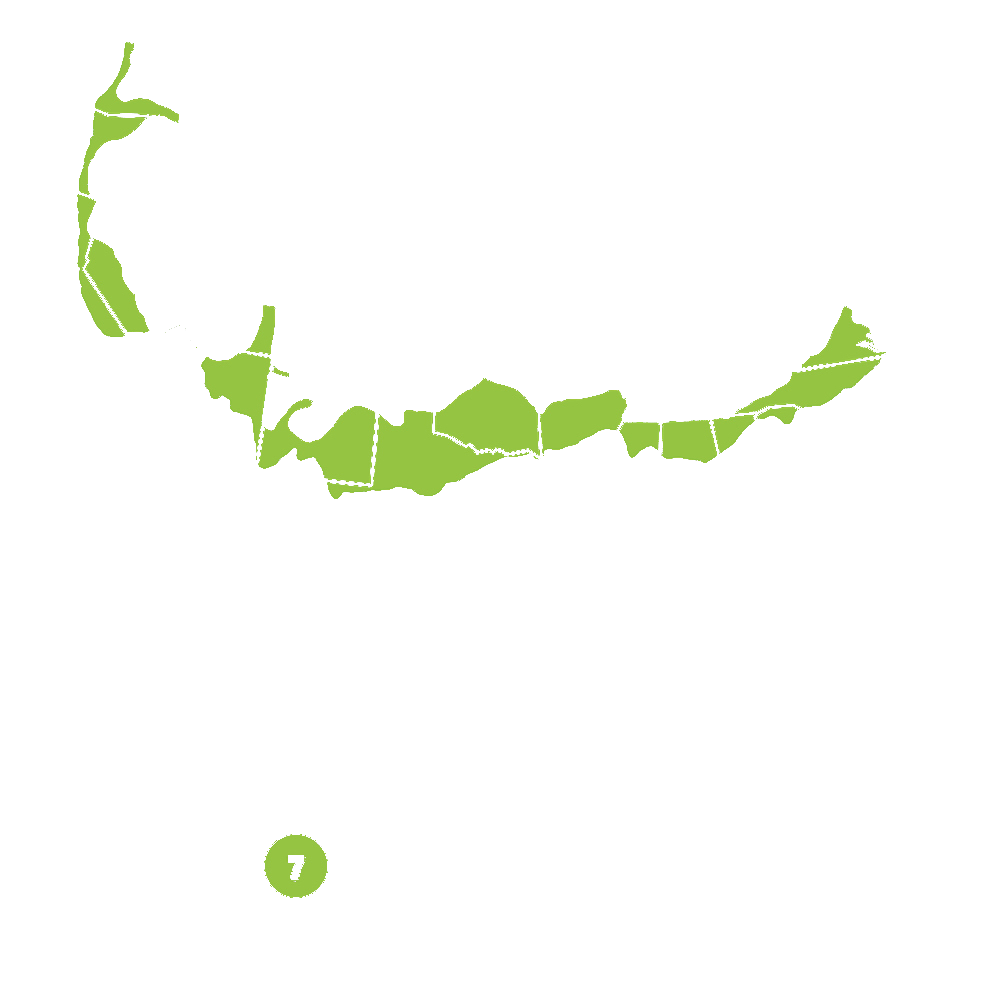
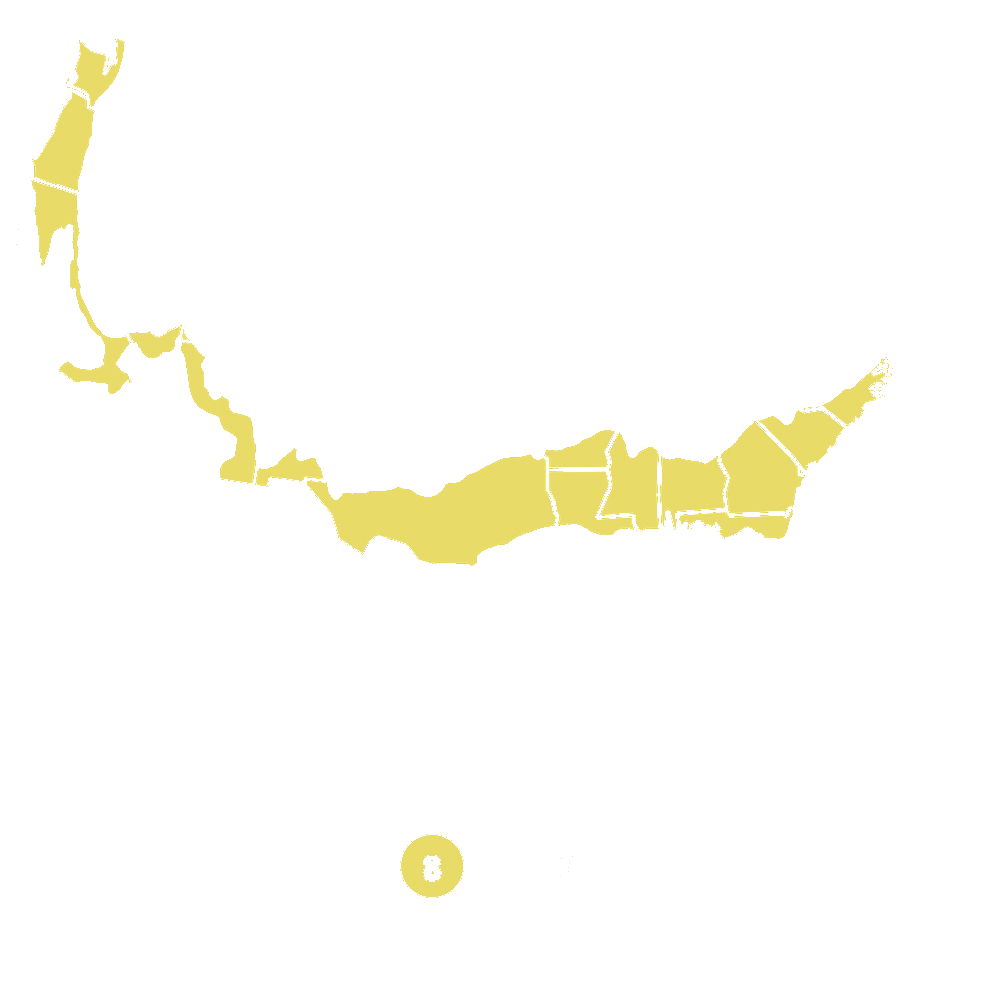
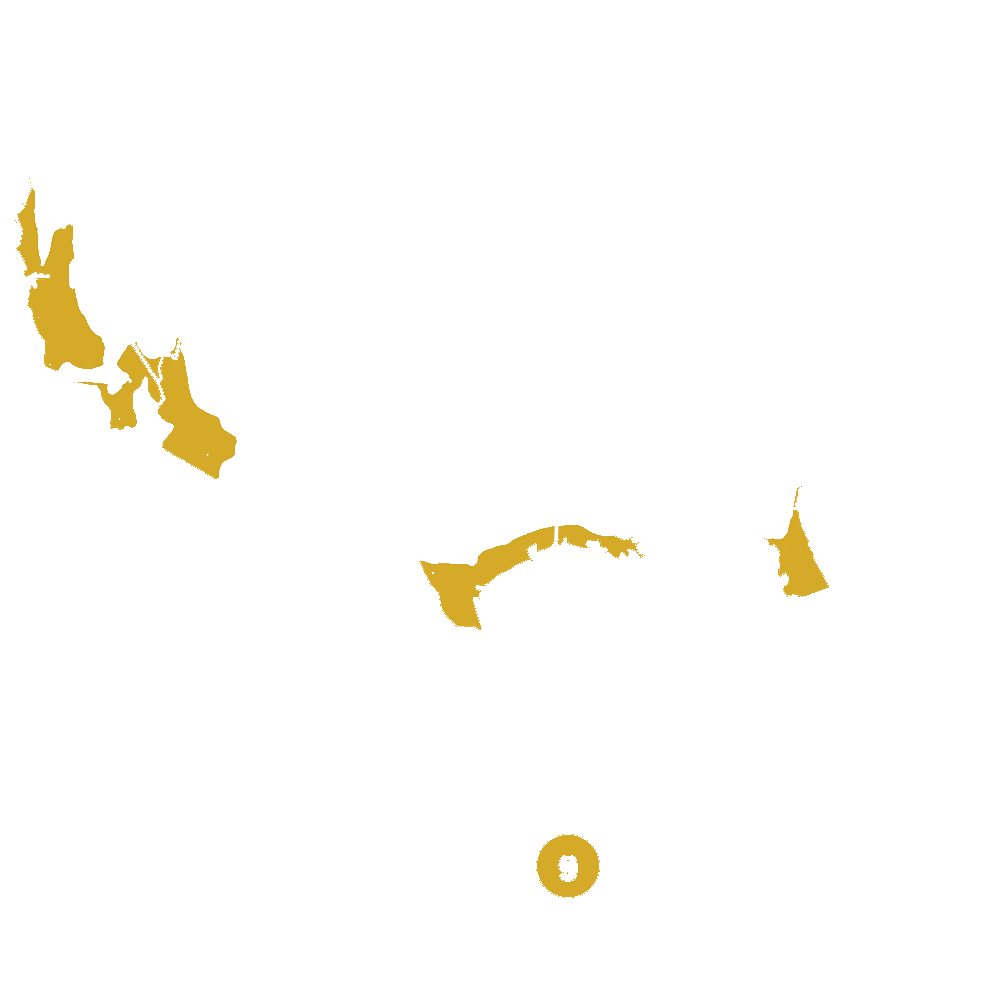
Pollination Info
Lava Lamp Coral Bells (Heuchera x 'Lava Lamp') are a variety of Heuchera, commonly known as coral bells, that are loved for their vibrant foliage and showy flowers. Pollination is an important part of the plant's life cycle, as it is necessary for the production of seeds.
Pollination Process
Lava Lamp Coral Bells are pollinated by bees, wasps, and other insects that are attracted to the plant's nectar and colorful flowers. Once the insects land on the flower, they transfer pollen from the male anthers to the female stigma. This process is known as cross-pollination and it results in the production of seeds.
Pollination Factors
Several factors can affect the pollination of Lava Lamp Coral Bells. These include:
- Weather conditions - Pollination is dependent on good weather conditions, as rain, wind, and cool temperatures can disrupt the process.
- Presence of pollinators - The presence of pollinators such as bees and wasps is crucial for successful pollination.
- Flower arrangement - The arrangement of the flowers on the plant can also affect pollination, as flowers that are clustered together are more likely to be visited by pollinators.
- Availability of nectar - The presence of nectar is also important for attracting pollinators to the plant. Plants that produce more nectar are more likely to be visited by bees and wasps.
Benefits of Pollination
Pollination is vital for the survival of Lava Lamp Coral Bells, as it is necessary for the plant to produce seeds for reproduction. In addition, the process of pollination can also result in increased genetic diversity within the plant population, leading to healthier and more resilient plants.
Conclusion
Lava Lamp Coral Bells rely on pollinators such as bees and wasps to transfer pollen and ensure successful reproduction. Factors such as weather conditions, flower arrangement, and nectar availability can all affect pollination. Pollination is important for the production of seeds and for increasing genetic diversity within the plant population.
FAQ
Lava Lamp Coral Bells (Heuchera x 'Lava Lamp') FAQ
General Information
What is a Lava Lamp Coral Bells?
A Lava Lamp Coral Bells, also known by its scientific name Heuchera x 'Lava Lamp', is a hybrid plant that is a member of the Saxifragaceae family. It is a flowering perennial that is widely grown for its attractive foliage and colorful flowers.
What does a Lava Lamp Coral Bells look like?
A Lava Lamp Coral Bells has large, ruffled leaves that are a deep bronze-purple color. As it matures, the leaves turn to a dark green color. The plant blooms in late spring to early summer, producing tall spikes of small, bell-shaped flowers that are a bright pink color.
Care Information
What growing conditions are best for a Lava Lamp Coral Bells?
A Lava Lamp Coral Bells thrives in well-draining soil that is rich in organic matter. It prefers partial shade, but can tolerate full sun in cooler climates. It is also important to keep the soil consistently moist.
How often should a Lava Lamp Coral Bells be watered?
A Lava Lamp Coral Bells should be watered when the soil feels dry to the touch. During hot and dry weather, it may need to be watered more frequently.
How big does a Lava Lamp Coral Bells grow?
A Lava Lamp Coral Bells can reach a height of up to 2 feet and a spread of up to 3 feet.
Maintenance Information
How should a Lava Lamp Coral Bells be fertilized?
A Lava Lamp Coral Bells should be fertilized in the spring with a slow-release fertilizer. It can also benefit from a second fertilization in the summer.
Should a Lava Lamp Coral Bells be pruned?
A Lava Lamp Coral Bells does not require pruning, but dead or damaged leaves can be removed as needed.
Does a Lava Lamp Coral Bells attract pollinators?
Yes, a Lava Lamp Coral Bells is attractive to bees and hummingbirds.
Is a Lava Lamp Coral Bells deer-resistant?
Yes, a Lava Lamp Coral Bells is deer-resistant.
Propagation Information
How can a Lava Lamp Coral Bells be propagated?
A Lava Lamp Coral Bells can be propagated through division in the spring or fall. The plant can also self-seed, but the resulting plants may not be true to the parent plant.
How long does it take for a Lava Lamp Coral Bells to reach maturity?
A Lava Lamp Coral Bells can take up to two years to reach maturity.
Are there any special propagation tips for Lava Lamp Coral Bells?
When dividing a Lava Lamp Coral Bells, be sure to keep the roots moist and avoid damaging them.
Health and Safety Information
Are Lava Lamp Coral Bells toxic to pets or humans?
Lava Lamp Coral Bells are not toxic to pets or humans.
Are there any common pests or diseases that affect Lava Lamp Coral Bells?
Common pests that may affect Lava Lamp Coral Bells include aphids, mites, and snails. Diseases that may affect the plant include root rot, powdery mildew, and crown rot.
Planting & Care
Planting and Care for Lava Lamp Coral Bells (Heuchera x 'Lava Lamp')
Planting
Lava Lamp Coral Bells prefer well-draining soil in a partially shaded area.
- Choose a location with morning sun and afternoon shade, or filtered light throughout the day
- Plant in well-drained soil, amending with compost or peat moss if necessary to improve drainage
- Space plants 12-18 inches apart
- Water thoroughly after planting and maintain even moisture throughout growing season
Care
- Water regularly, keeping soil evenly moist but not waterlogged
- Fertilize with a balanced, slow-release fertilizer in the spring
- Remove spent flowers to encourage repeat blooming
- Trim back foliage by 1/3 in late fall to promote new growth in the spring
- Divide plants every 3-4 years in the spring to prevent overcrowding
- Watch for pests such as aphids or mites and treat accordingly
With proper planting and care, Lava Lamp Coral Bells will provide a stunning pop of color to any garden, while also attracting pollinators.
Check Out These Verified Customer Reviews:
Customer Reviews
4.7 out of 5 based on 17 reviews
Thank you! Your review has been submitted.
Lovely addition to my garden! The Lava Lamp Coral Bells arrived in good condition and I'm very pleased.
Minor issue with shipment, but customer service promptly resolved it.
The Lava Lamp Coral Bells exceeded my expectations! Only thing is that it was slightly smaller than expected.
Item has been added to your cart.



